Andrea Polonioli
Less Is More: Why Small Data Holds the Key to the Future of Artificial Intelligence
Jul 22, 2019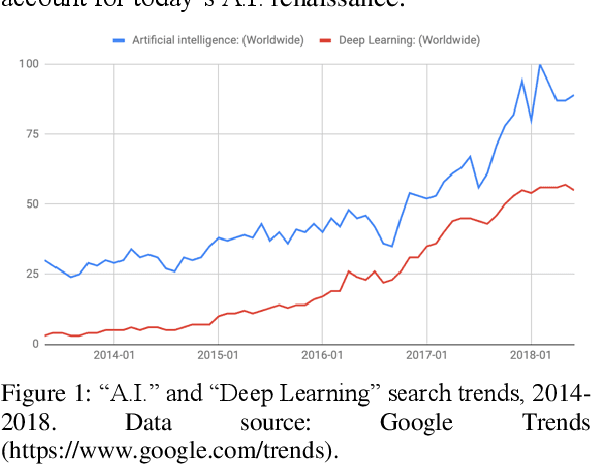
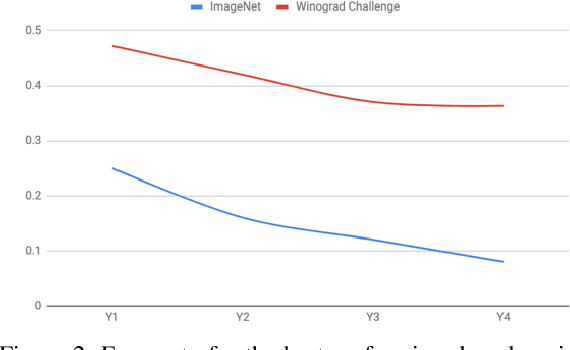
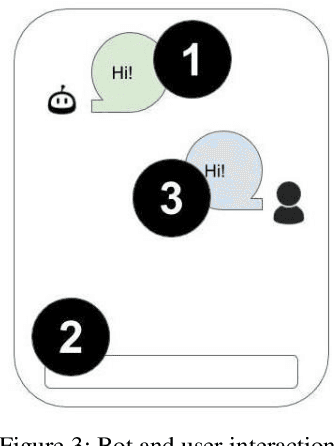
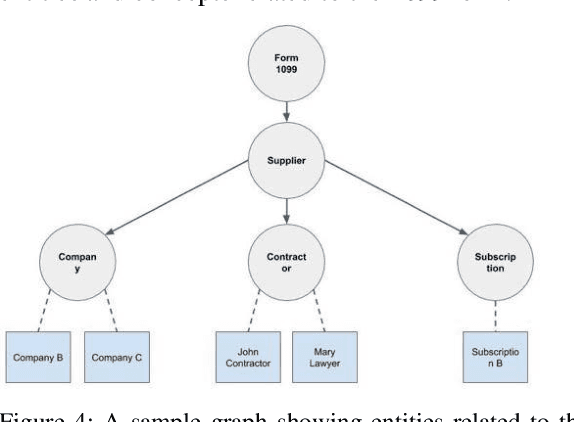
Abstract:The claims that big data holds the key to enterprise successes and that Artificial Intelligence is going to replace humanity have become increasingly more popular over the past few years, both in academia and in the industry. However, while these claims may indeed capture some truth, they have also been massively oversold, or so we contend here. The goal of this paper is two-fold. First, we provide a qualified defence of the value of less data within the context of AI. This is done by carefully reviewing two distinct problems for big data driven AI, namely a) the limited track record of Deep Learning in key areas such as Natural Language Processing, b) the regulatory and business significance of being able to learn from few data points. Second, we briefly sketch what we refer to as a case of AI with humans and for humans, namely an AI paradigm whereby the systems we build are privacy-oriented and focused on human-machine collaboration, not competition. Combining our claims above, we conclude that when seen through the lens of cognitively inspired AI, the bright future of the discipline is about less data, not more, and more humans, not fewer.
Predicting e-commerce customer conversion from minimal temporal patterns on symbolized clickstream trajectories
Jul 03, 2019
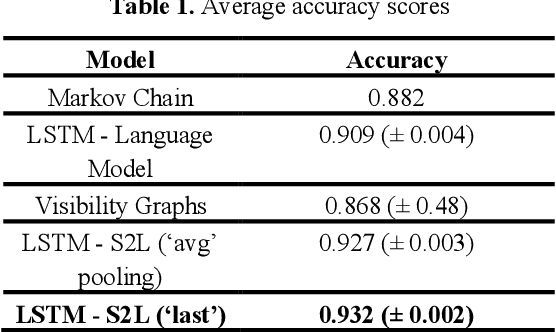
Abstract:Knowing if a user is a buyer or window shopper solely based on clickstream data is of crucial importance for e-commerce platforms seeking to implement real-time accurate NBA (next best action) policies. However, due to the low frequency of conversion events and the noisiness of browsing data, classifying user sessions is very challenging. In this paper, we address the clickstream classification problem in the eCommerce industry and present three major contributions to the burgeoning field of AI-for-retail: first, we collected, normalized and prepared a novel dataset of live shopping sessions from a major European e-commerce website; second, we use the dataset to test in a controlled environment strong baselines and SOTA models from the literature; finally, we propose a new discriminative neural model that outperforms neural architectures recently proposed at Rakuten labs.
Prediction is very hard, especially about conversion. Predicting user purchases from clickstream data in fashion e-commerce
Jun 30, 2019

Abstract:Knowing if a user is a buyer vs window shopper solely based on clickstream data is of crucial importance for ecommerce platforms seeking to implement real-time accurate NBA (next best action) policies. However, due to the low frequency of conversion events and the noisiness of browsing data, classifying user sessions is very challenging. In this paper, we address the clickstream classification problem in the fashion industry and present three major contributions to the burgeoning field of AI in fashion: first, we collected, normalized and prepared a novel dataset of live shopping sessions from a major European e-commerce fashion website; second, we use the dataset to test in a controlled environment strong baselines and SOTA models from the literature; finally, we propose a new discriminative neural model that outperforms neural architectures recently proposed at Rakuten labs.
 Add to Chrome
Add to Chrome Add to Firefox
Add to Firefox Add to Edge
Add to Edge